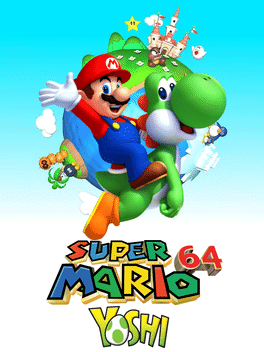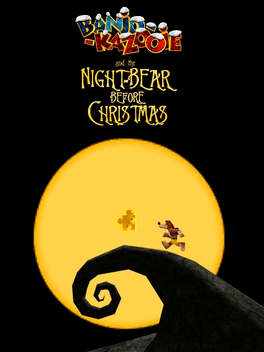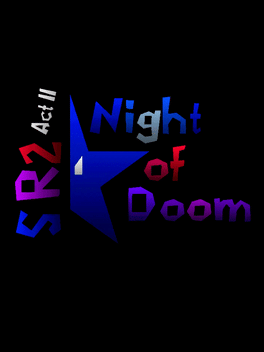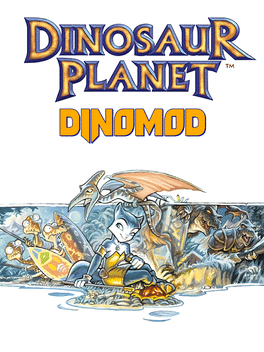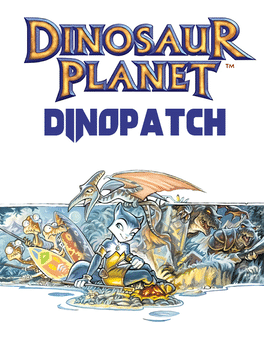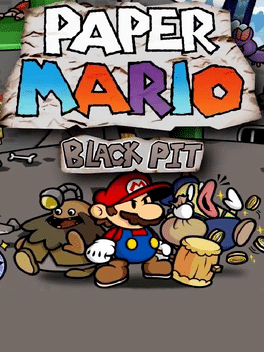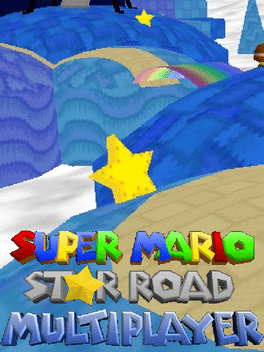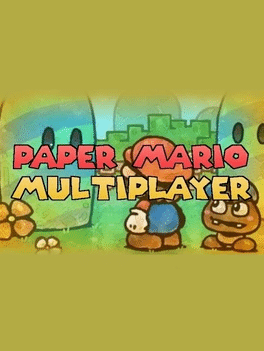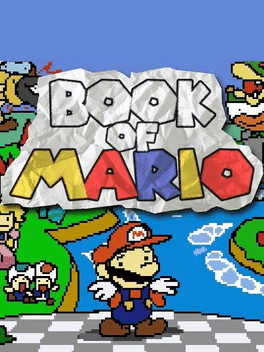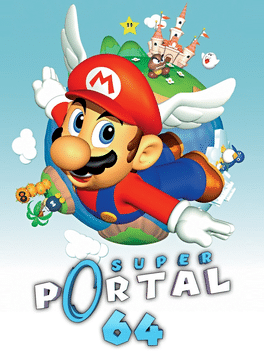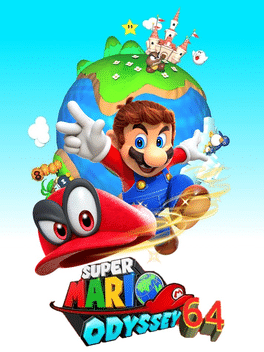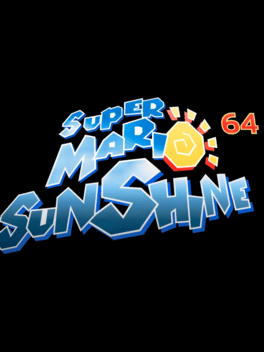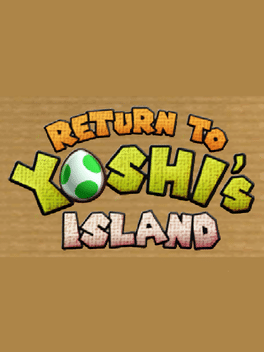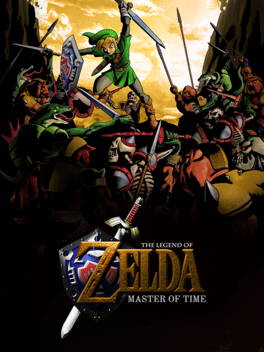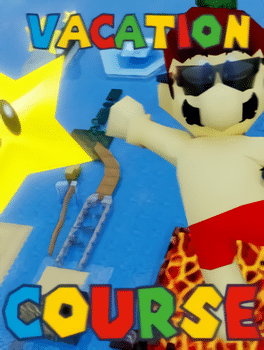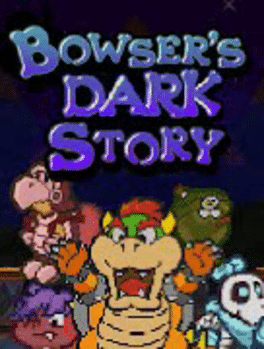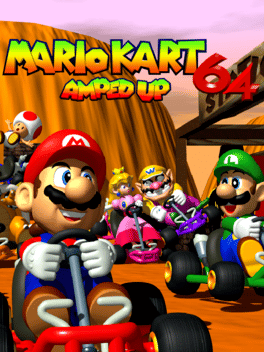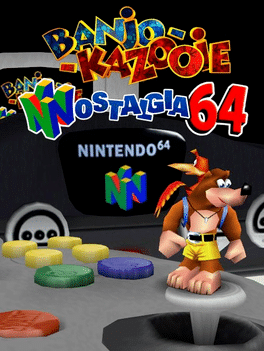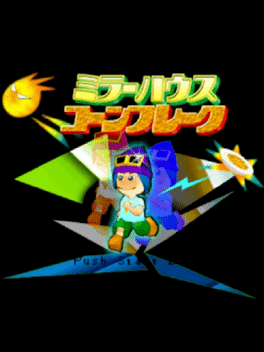Most Popular Nintendo 64 Games - Page 41
-
Mario 64 and Yoshi
2021
Mario 64 and Yoshi
2021
Mario 64 and Yoshi is a ROM hack/mod by Kaze Emanuar which adds rideable Yoshis to Super Mario 64. -
Banjo-Kazooie and the NightBear Before Christmas
2020
Banjo-Kazooie and the NightBear Before Christmas is a ROM hack/mod of Banjo-Kazooie (Nintendo 64), as a parody for Tim Burton's Nightmare Before Christmas movie. -
Star Revenge 2: Act II - Night of Doom
2013
Star Revenge 2: (Act 2) Night of Doom is a rom hack/mod of Super Mario 64 by BroDute and is the second part of the sequel to Super Mario 64: Star Revenge. It is a remixed and vastly harder version of Star Revenge and is often considered to be one of the hardest Super Mario 64 rom hacks. -
Dinomod
2021
Dinomod
2021
Dinomod is a ROM hack/mod of Dinosaur Planet which has the same purpose of fixing the issues on the prototype version of the game that leaked onto the internet, and also adds debugging tool options to the code. -
Dinopatch
2021
Dinopatch
2021
Dinopatch is a ROM hack/mod of Dinosaur Planet which intends on fixing the issues on the prototype version of the game that leaked onto the internet (such as event triggering, bugs, glitches, crashes), making it as playable as it can be. -
Paper Mario: Black Pit
2021
Paper Mario: Black Pit is a ROM hack/mod of Paper Mario 64, developed by elDexter. It adds a new level layout to the game, based on roguelike mechanics. -
Super Mario Star Road Multiplayer
2013
Super Mario Star Road is a ROM hack/mod of Super Mario 64 developed by SKELUX. This version of Super Mario Star Road adds multiplayer compatibility, making it possible to be played in co-op by two people. -
Paper Mario Multiplayer
2017
Paper Mario Multiplayer is a ROM hack/mod of Paper Mario (Nintendo 64) developed by SKELUX which adds support for multiplayer, with the second player controlling Mario's partner. -
Book of Mario
2019
Book of Mario
2019
Book of Mario is a text-hack of the Paper Mario (Nintendo 64) created by Fatguy703 and his fans. The text within the game is produced by oscillating translations several times (with Google Translate) to change the dialogue, creating a very different plot from the original game. The game also has a new badge added, which was only obtained via hacking. -
Super Portal 64
2017
Super Portal 64
2017
Super Portal 64 is a ROM hack/mod developed by Kaze Emanuar which adds mechanics from the Portal series (the Portal gun, Portal objects) to Super Mario 64. There are three versions of the mod: the standard version, a version with first person camera and a version with Portal objects. The player may use the Portal mechanics to traverse through the original Super Mario 64 levels. -
Super Mario 64 Odyssey
2020
Super Mario 64 Odyssey is a Super Mario 64 ROM hack/mod by Kaze Emanuar which adds the gameplay moves from Super Mario Odyssey to Super Mario 64. It has the same name of another ROM hack by the same author, but the other one is a remix/recreation of Super Mario Odyssey, while this one maintains the same levels and overall design of the original game, while this only adds new moves and the Cappy capture mechanic from Odyssey. -
Super Mario Sunshine 64
Super Mario Sunshine 64 is a ROM hack/mod of Super Mario 64 developed by Kaze Emanuar. This mod adapts part of Super Mario Sunshine stages and story for Super Mario 64. The mod was supposed to adapt the whole game, but was cancelled before completion. -
Return to Yoshi's Island 64
2021
Return to Yoshi's Island 64 is a Super Mario 64 ROM hack/mod by Kaze Emanuar. -
The Legend of Zelda: Master of Time
2020
Master of Time is a new story in a completely new world, Abello, where Link must restore the flow of time. Abello is a big and dangerous world, but Link can count on the help of Nite the fairy. Around 20 hours of gameplay in various areas and dungeons with custom cutscenes, songs and much more. Good luck finding all 100 skulltula tokens and 20 hearts! -
Mario's Vacation Course 64
2021
Mario's Vacation Course 64 is a ROM hack/mod of Super Mario 64 developed by Reonu. In this game, Mario spent so much time on vacation that he forgot all of his moves, and the player has to recover his memories, on a open-world-like playground where the player has to find and get stars. This mod is inspired by Bowser's Fury (Switch) in its style, music and level design. -
Bowser's Dark Story
Bowser's Dark Story is a ROM hack/mod of Paper Mario. The game is an alternative take on the story, from the perspective that tells how it would be if Bowser won against Mario and conquered the Mushroom Kingdom. The player controls the villain, Bowser, through an adventure, finding allies and battling enemies. -
Mario Kart 64: Amped Up
2021
Mario Kart 64: Amped Up is a ROM hack/mod of Mario Kart 64 developed by Litronom. This mod adds many new racing tracks, new options and multiple new mission and game mode. The racing tracks are based on other Mario Kart entries or other games. -
Banjo-Kazooie: Nostalgia 64
2025
Banjo-Kazooie: Nostalgia 64 is a ROM hack/mod of Banjo-Kazooie developed by Kurko Mods. It is an expanded and enhanced version of Banjo-Kazooie: Stay At Home, being a love letter to retro games of the Nintendo 64 era such as Super Mario 64, Diddy Kong Racing, Bomberman 64 and many others. Banjo and Kazooie go on an adventure through worlds taken or based on retro games from their era. -
Doubutsu Banchou
Eat or be eaten! Assume the role of an animal in it's early stages of evolutionary development. As your animal instincts take over, you will boldly traverse hostile environments, savagely stalking your prey to assert your place in the animal chain of power. Will you have what it takes to become the new king of beasts? The game started development on the Nintendo 64, but went unreleased, being later ported to the Nintendo GameCube. A prototype of the Nintendo 64 version has been found -
Mirror House Cornflake
Mirror House Cornflake is a tech demo for the Nintendo 64. It was found in the source code leak that took place on May 3, 2020. It's a game about a very hungry boy lost in an amusement park maze looking for food.
